
Of 10,000 or so objects in the Museum’s Asian collections, only about 10% have ever been on display. The exhibition titled Reflections of Asia: Collectors and Collections showcases over 500 objects from this extensive collection, developed over 140 years, including wood and lacquerwork, ceramics, metalwork, dress and textiles, contemporary fashion and art.
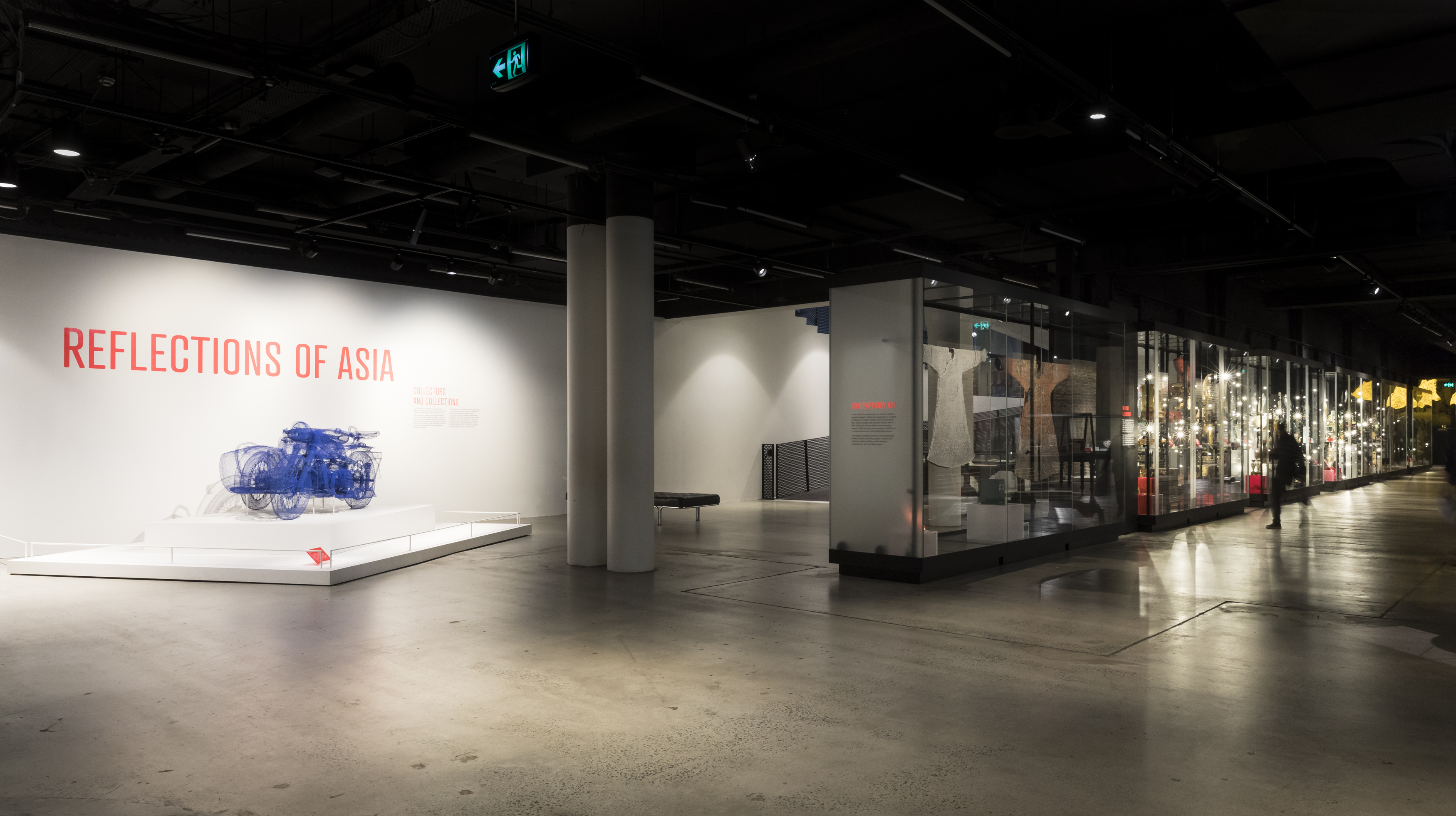
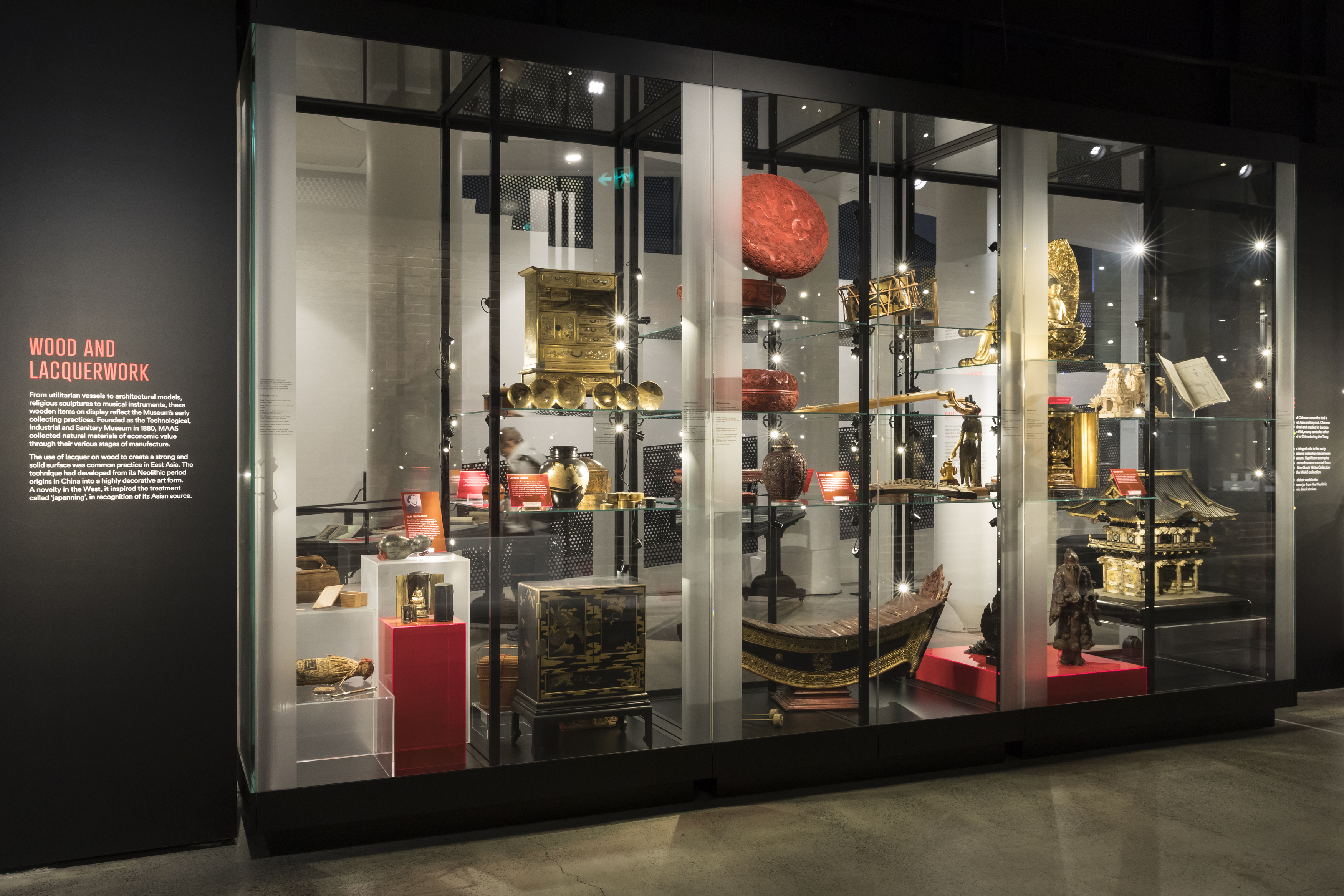
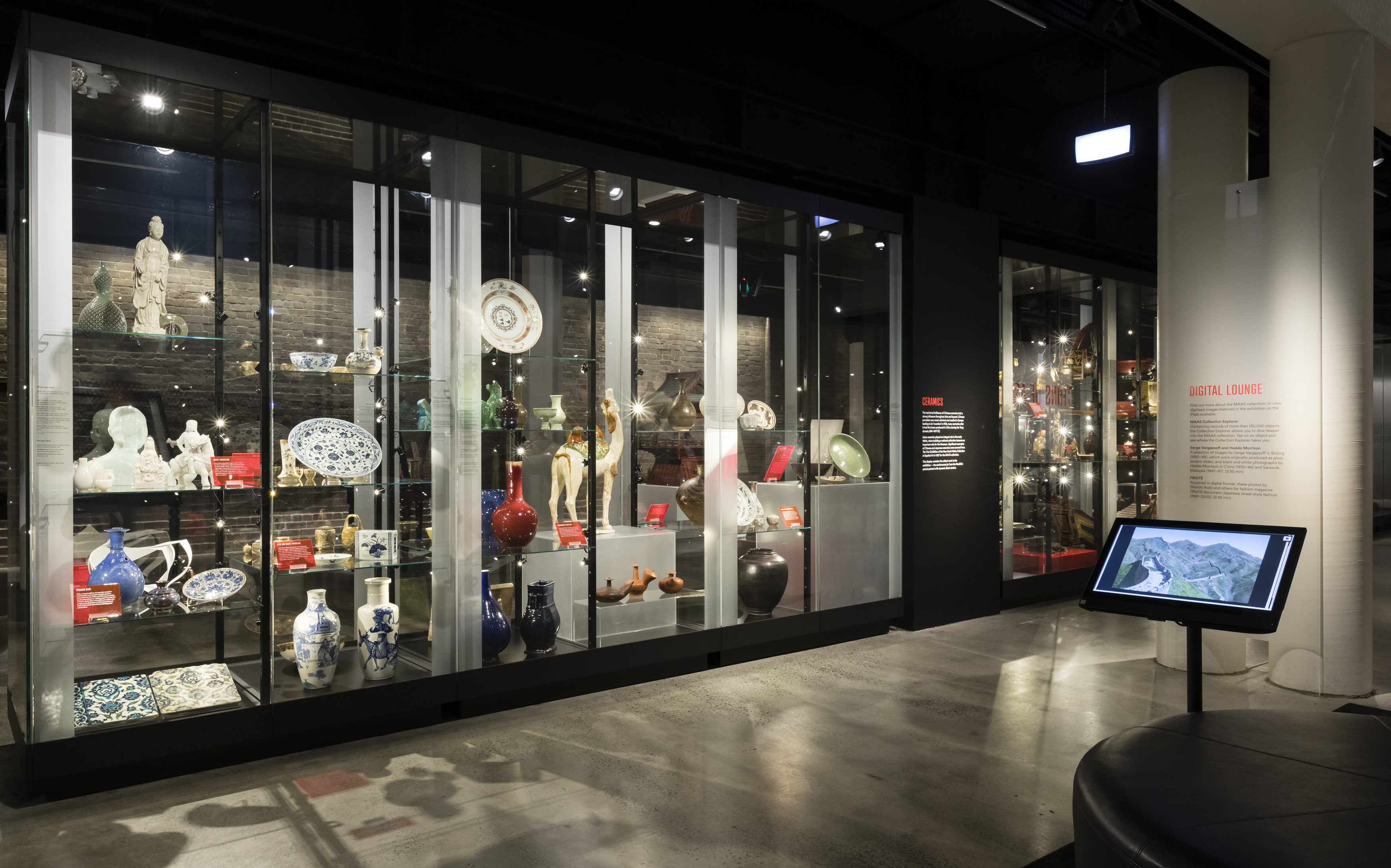
The objects are drawn from many countries including China, India, Indonesia, Iran, Japan, Korea, Malaysia, Nepal, Pakistan, Uzbekistan, Thailand and Vietnam. Reflections of Asia documents the change in collecting practices from the colonial perspective that informed the Museum’s early acquisitions to its contemporary global focus. The collection serves as a record of the enduring western fascination with Asia and its influence on aesthetics, technology and design.
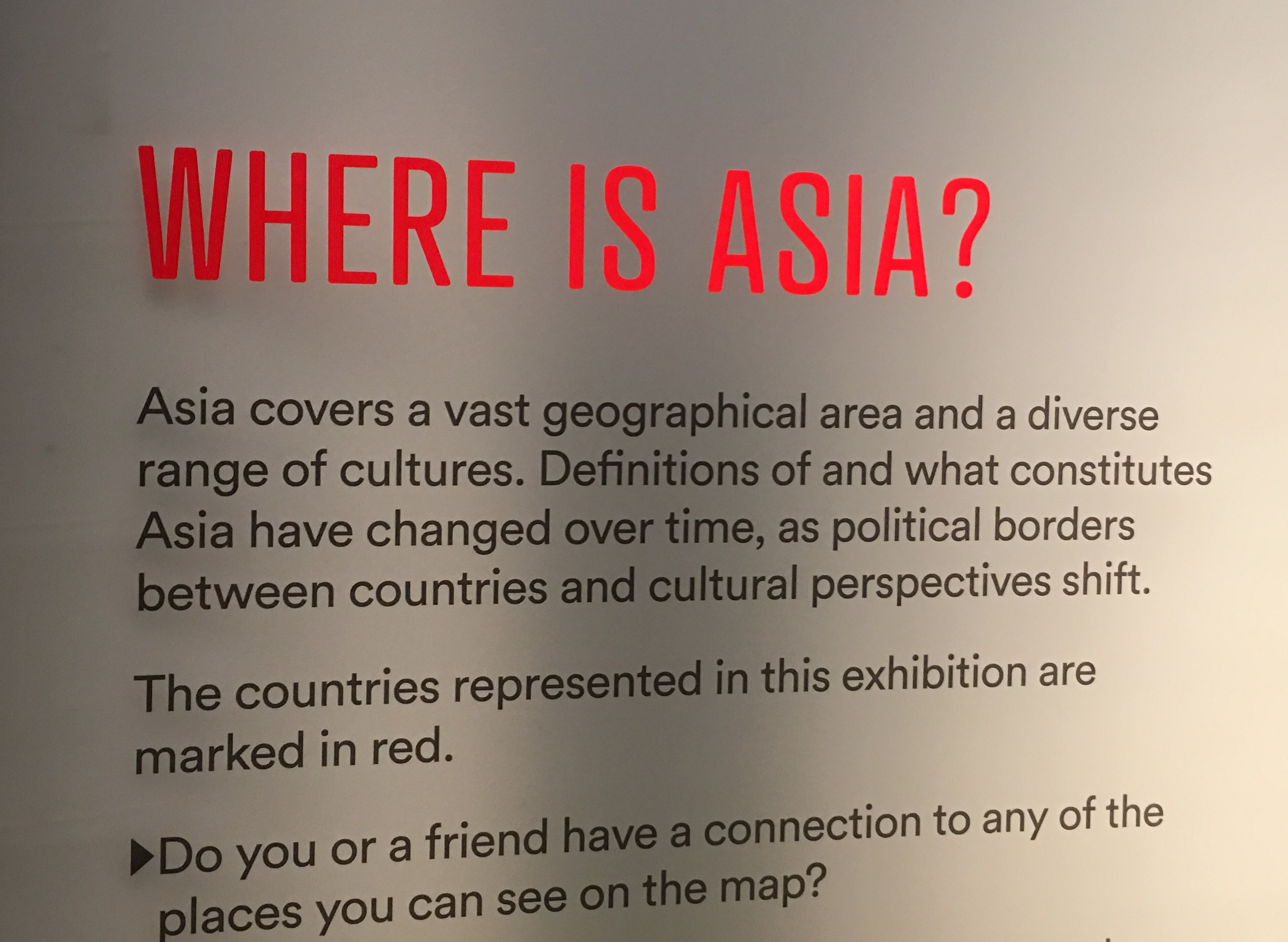
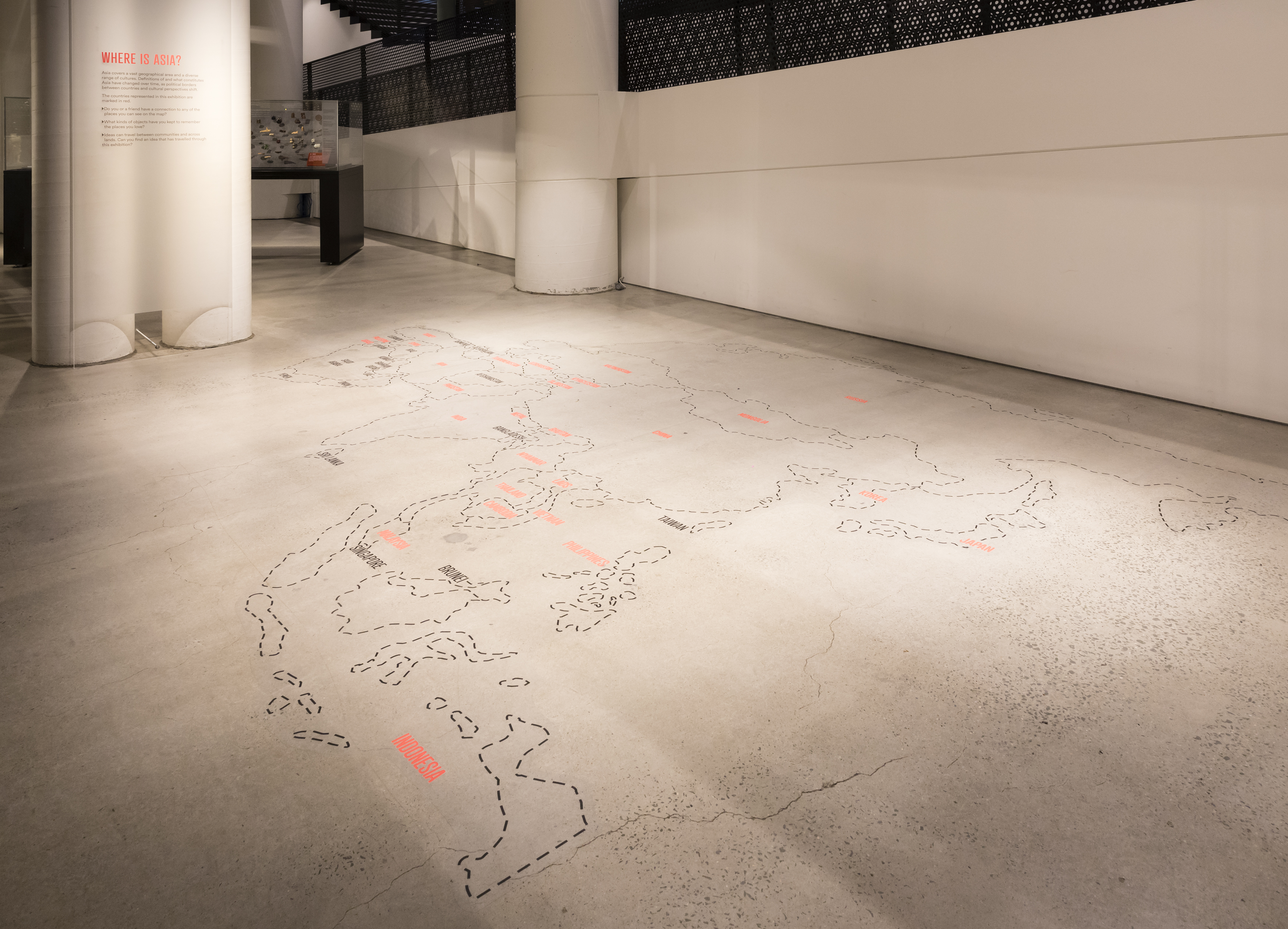
The concept for the exhibition derives from a long-standing curatorial enquiry into the nature of the MAAS Asian collection. To the eye of an Asian-born curator such as myself, the collection felt somehow ‘foreign’ because it differed from the collections on view in Asian museums. For example, the majority of Japanese metalwork in the MAAS collection dates from the late 1700 to 1800s and is elaborately decorated with many motifs that are unusual in the Japanese domestic context.
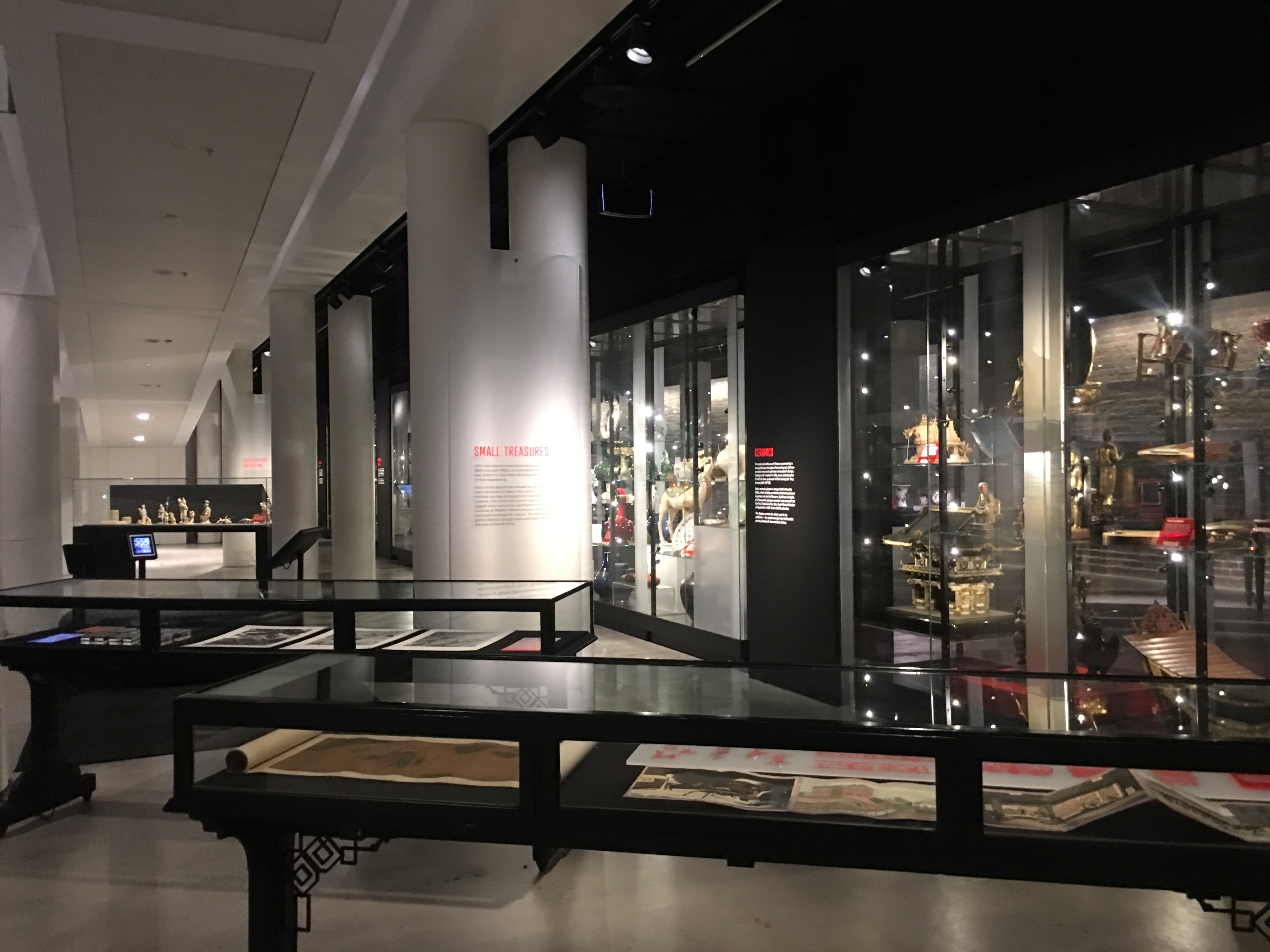
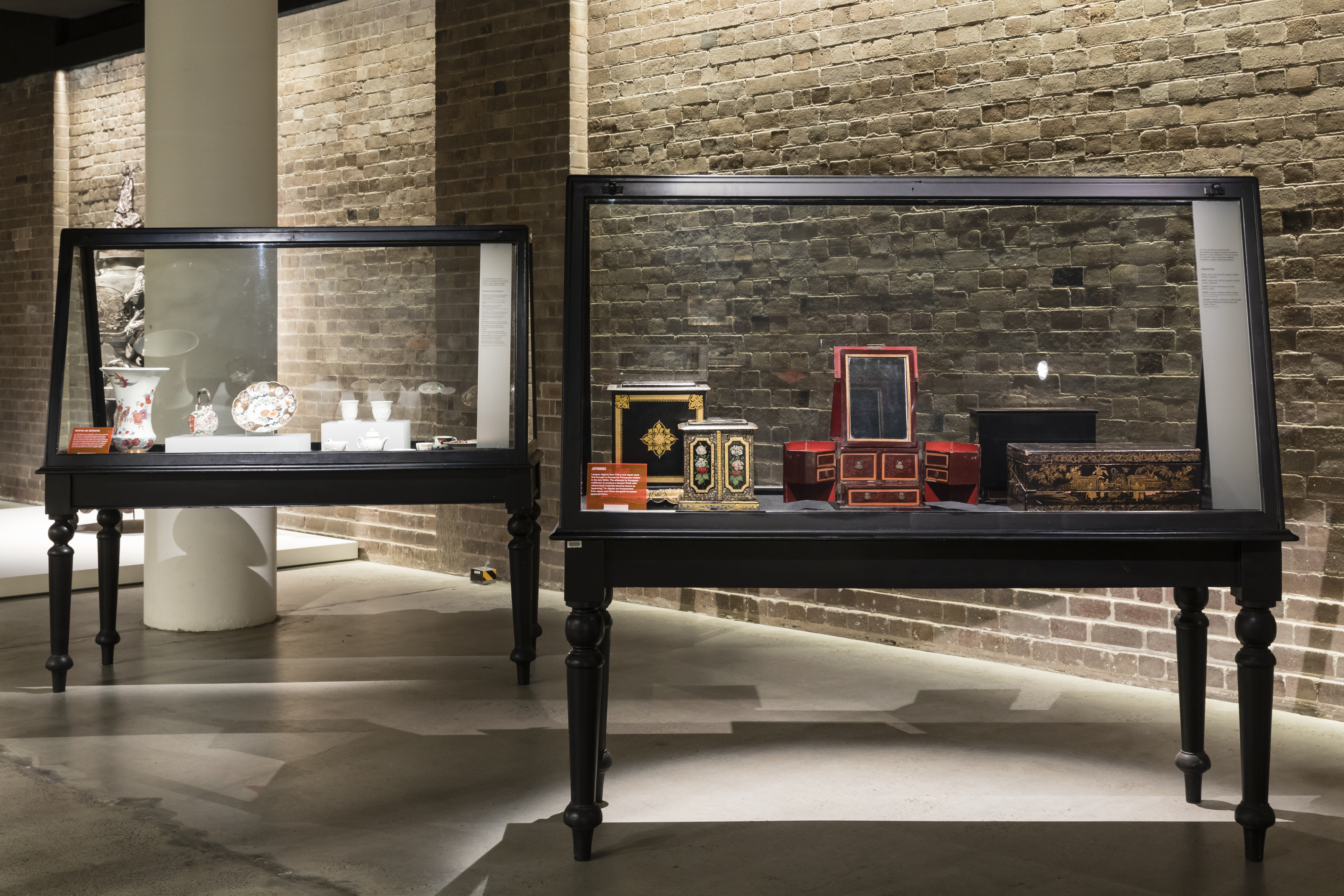
Similarly, most of the Japanese porcelains seemed not designed for the Japanese but made intentionally for western tastes.
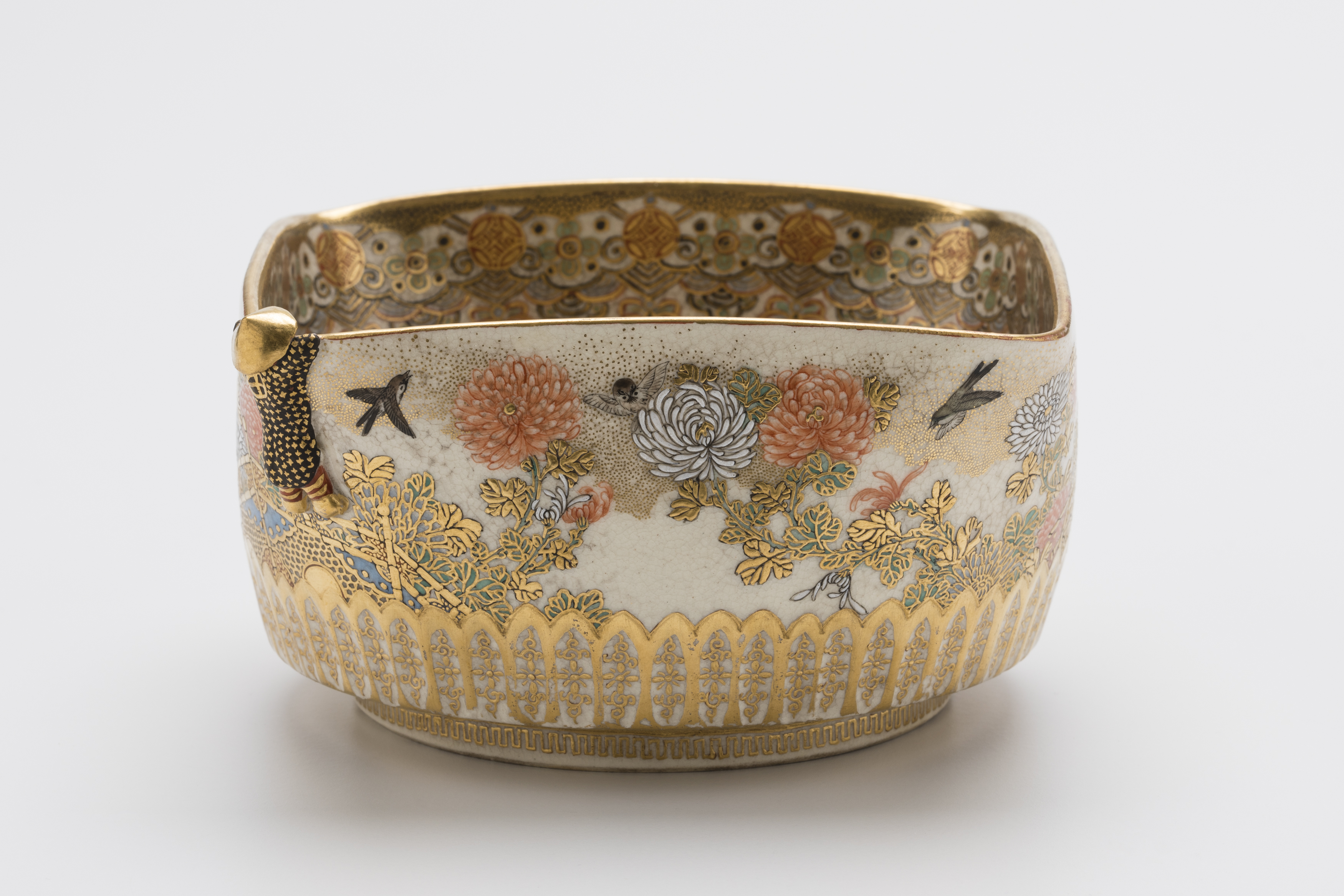
There are certainly some significant pieces in the collection which were made for the domestic market. These include a blue altar jar or zun (1796-1820), two rare Sino-Tibetan gilt bronze deity figures (1402-1424), cinnabar lacquer boxes believed to have been used in the Qing court (1736-1795); and a gold Sumbanese (Indonesian) lamba (frontal crown). Some of the oldest objects are an earthenware jar dating from 3000-1700BCE and a bronze wine vessel or jue from the Shang dynasty (1600-1046BCE).
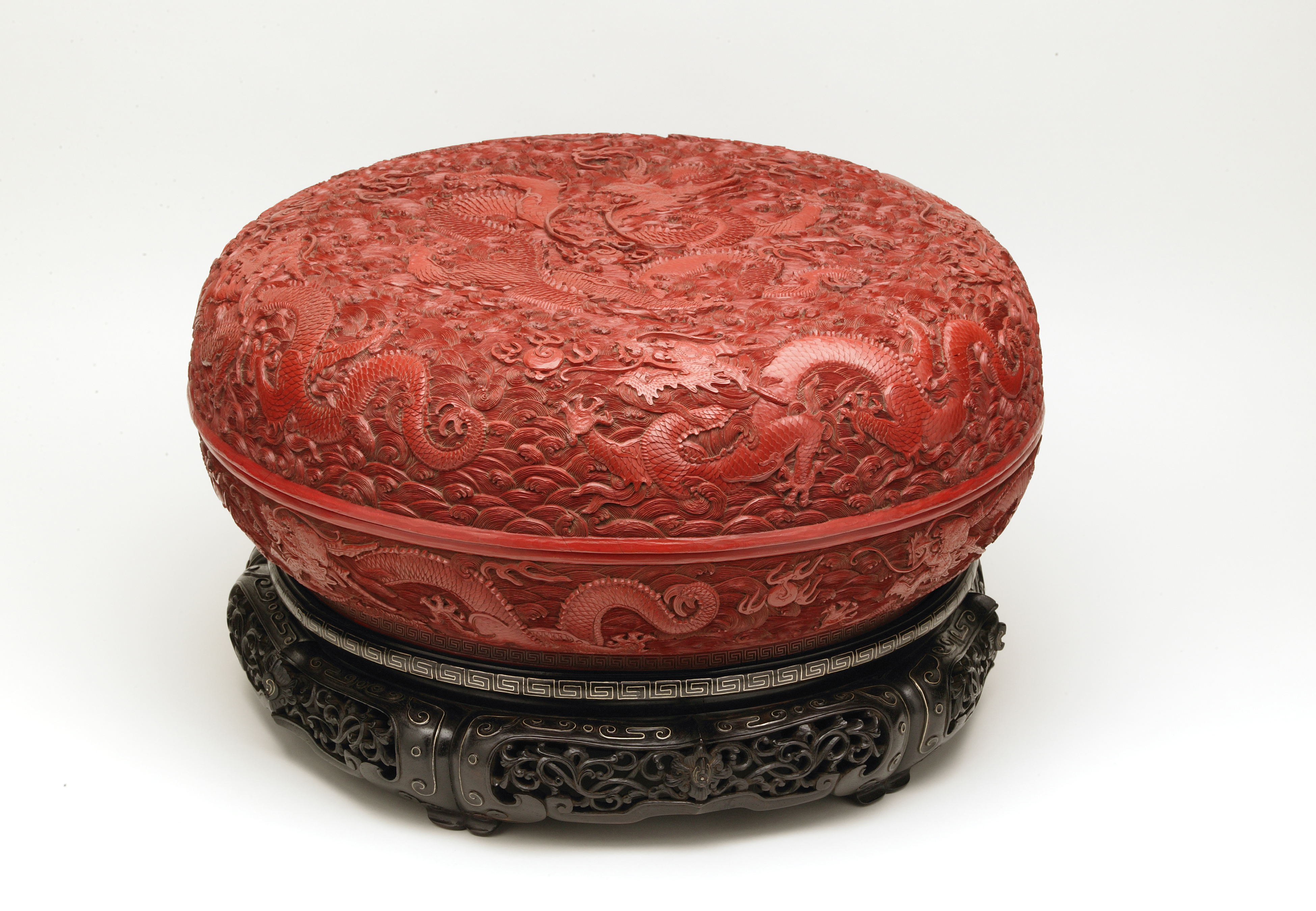
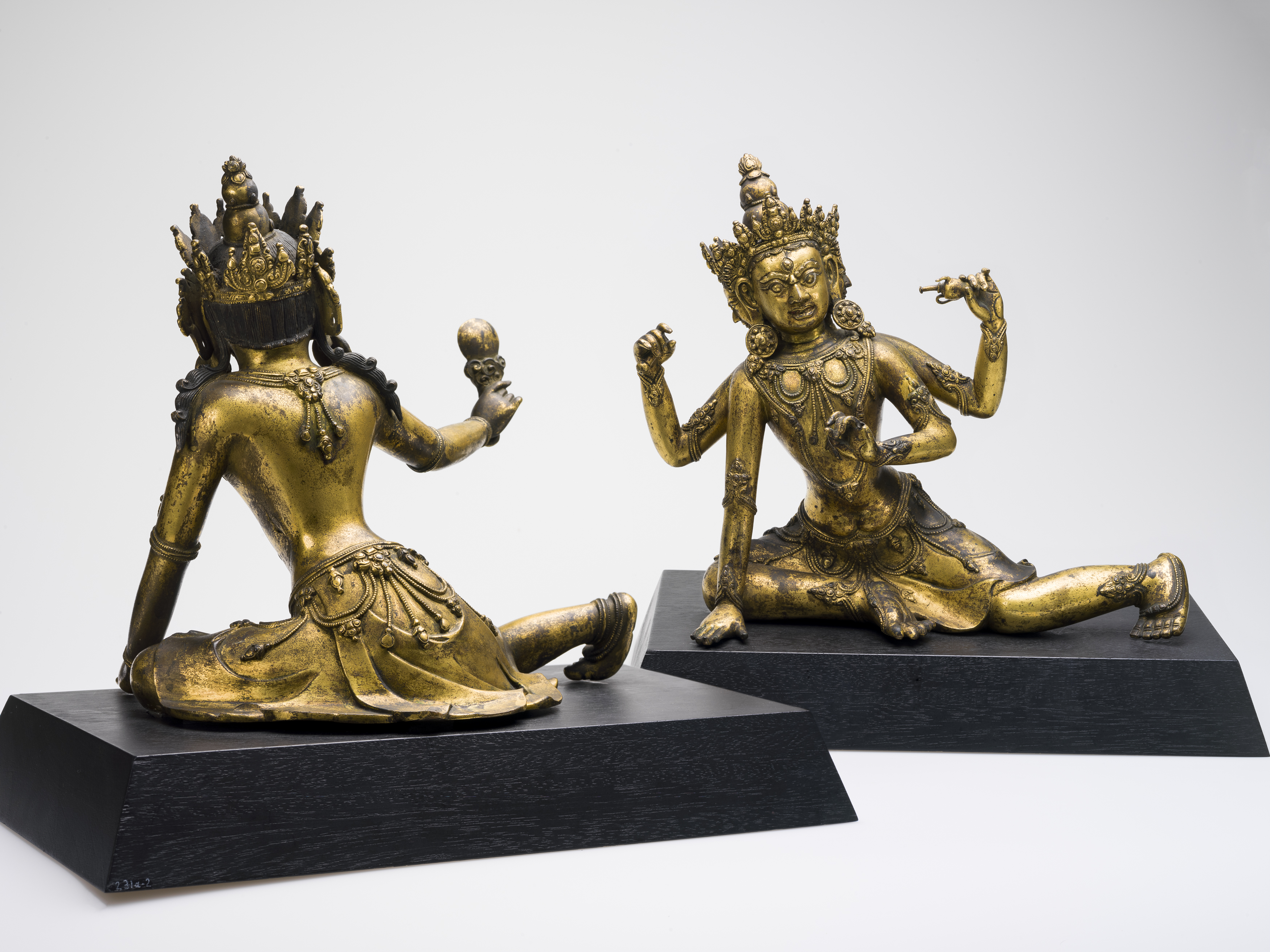
This exhibition does not impose a patronising view of a colonial exotic Asia, as colonial collectors and museums have in the past. Rather, it celebrates exchanges of culture that have resulted in new and hybrid cultural objects.
One example can be seen in two cups decorated with plum blossoms. These are identical in design and only slightly different in size. One is blanc-de-Chine porcelain, made in Dehua, China, during the Kangxi period (about 1700). The other is a copy, in soft-paste porcelain, made in Chelsea, England, in 1755. Highly admired for its lightness, translucency and mysterious origin, Chinese porcelain was highly desired by royal and aristocratic families in Britain and Europe from the late 1300s. The secret recipe for porcelain was unknown and only reinvented in Europe by 1708, with the Royal Saxon porcelain Manufactory established in Meissen, Germany in 1710. The manufacture of true hard-paste porcelain later spread to other European centres including the Plymouth porcelain factory in England in 1768.
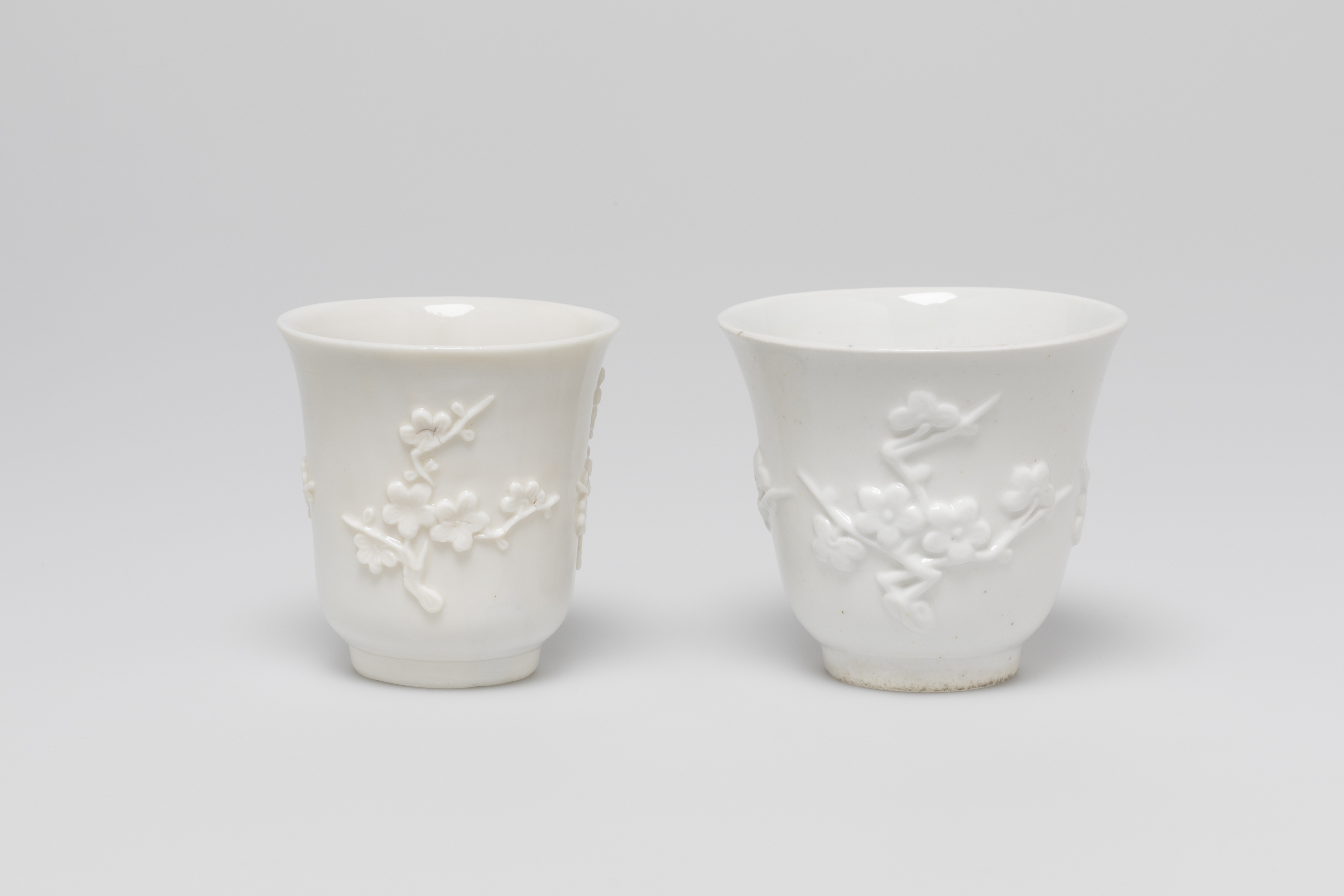
In the wood and lacquerware section we highlight ‘japanning’, a type of European finish that originated as an imitation of Asian lacquerwork. Asian lacquer or ‘true lacquer’ which was developed in East Asia from the Neolithic period derives from the sap of the lacquer tree (Toxicodendron vernicifuum) cultivated in China, Korea and Japan. The toxic sap from the tree is used to create a highly curable, glossy and impervious surface. While Asian lacquerware was first imported into Europe in the late 16th century, its materials and technique was a mystery. By the 17th century European craftsmen could approximate Asian lacquer with resin based finishes similar to shellac. A Japanned papier-mache cabinet made in England in the late 18th century is exhibited alongside a Chinese lacquer writing box.
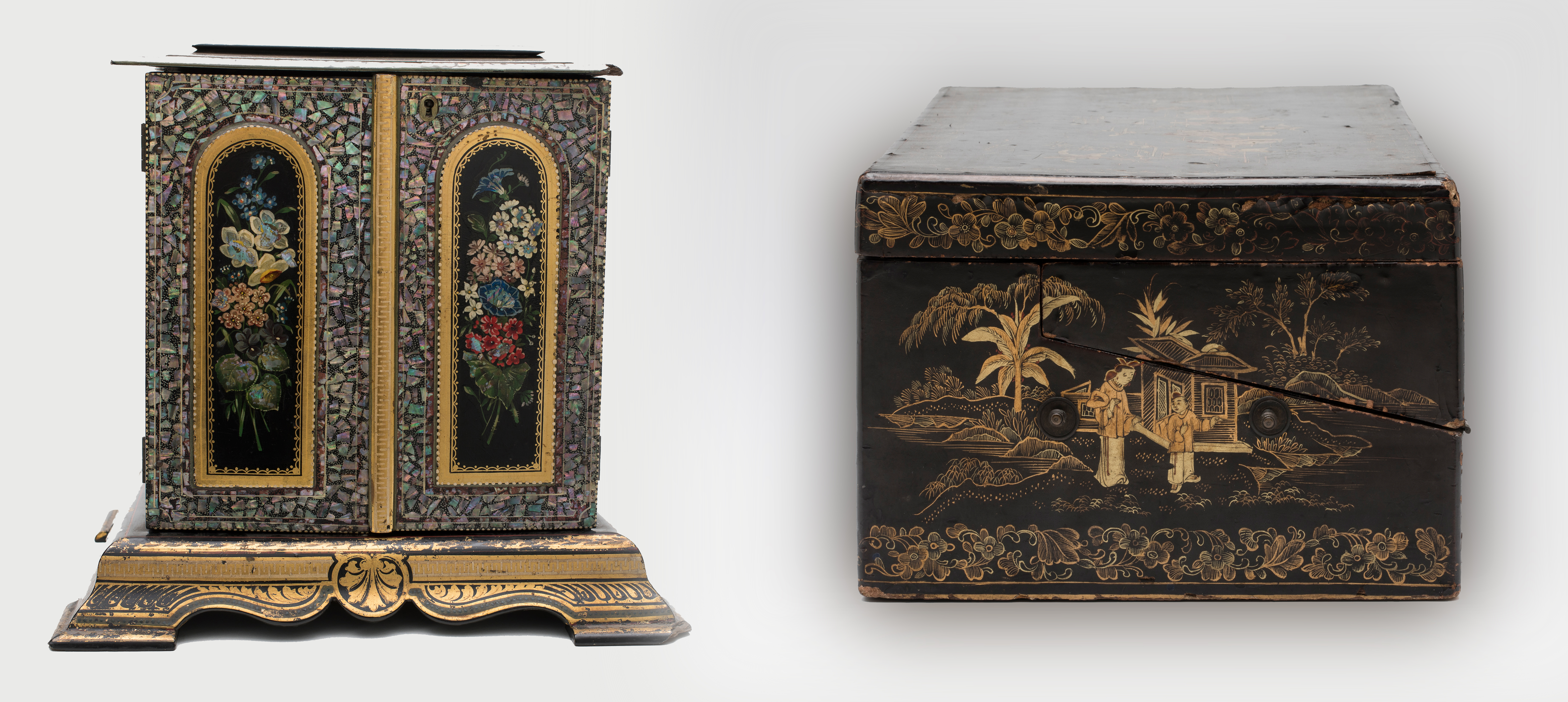
Reflections of Asia in not about authentic Asia. Like the term derived from Ancient Greek, ‘Asia’ is an imagined cultural construct. Nor does the exhibition impose a negative view of a colonial exotic. Rather it celebrates exchanges of culture resulting in new and hybrid cultural objects which are mirrored in the MAAS collection and its collecting views of old and new. Our tendency may be to equate exotic with colonial views of Asia, but in the area of contemporary fashion, the Lolita dress demonstrates how people in the East romanticise the ‘exotic West’. Lolita, a popular Japanese kawai (cuteness) street style is charactered by doll-like make-up, ribbons, lace and frilly skirts. It is inspired by Victorian England and much admired by Japanese girls for its fantasy of ‘Exotic Europe’. Exoticism is not a negative concept but rather a simple recognition of otherness, involving distances in time as well as space.
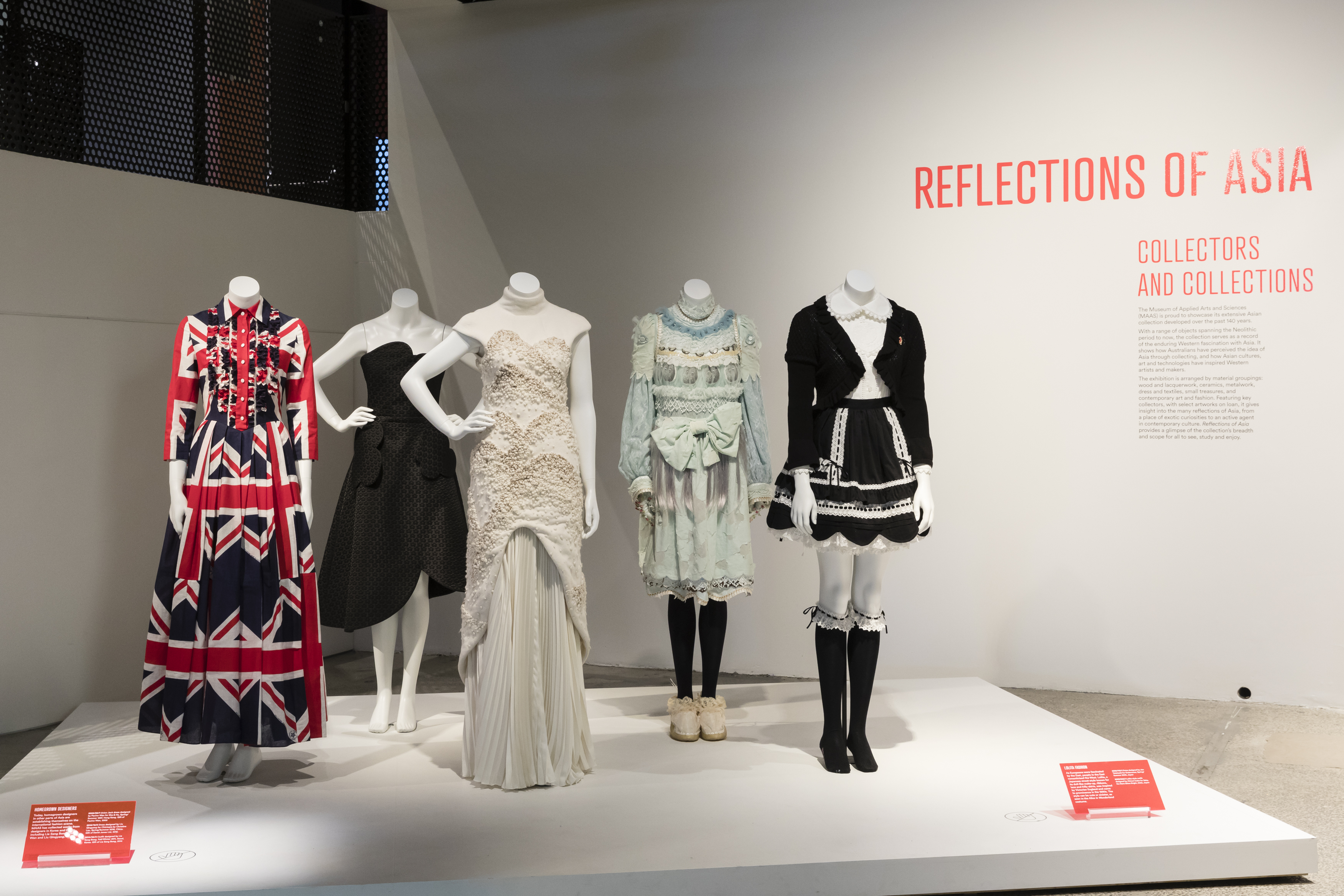
It is my curatorial intention to invite visitors to the celebration of exoticism of both East and West through the hybrid collection at MAAS and to witness advancement of technology and design that results from this mutual admiration.
Written by Min-Jung Kim, Curator
November 2018
I wish to know if there is a catalogue published in connection with this exhibition. I am particularly interested in objects obtained from the Sydney International Exhibition of 1879.
Cheers
Peter Cousens